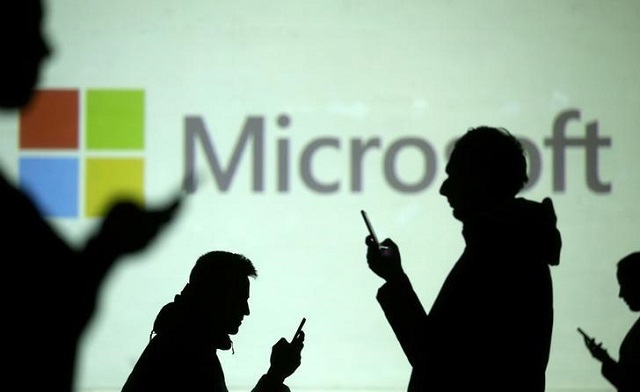
Mapbox does not make a mapping app itself. It instead competes against Alphabet’s Google Maps and HERE Technologies, the map firm owned by a group of companies, to provide the underlying maps inside of other apps. Mapbox maps are found in Snap’s messaging app and the Instacart grocery delivery app.
Virtual reality boom brings giant robots, cyberpunk castles to China
But the Washington, DC-founded startup, which has raised about $228 million from Softbank’s Vision Fund, DFJ Growth and others, has been pushing into providing tools for software developers who are making the software for self-driving cars.
“Our main focus has been in making maps for humans,” Chief Executive Officer Eric Gundersen told Reuters in an interview. But maps for self-driving cars are read by the cars’ computers and need more detailed data, he said.
At an event it held for software developers in San Francisco on Wednesday, Mapbox announced a handful of partnerships designed to make its technology more useful for self-driving cars.
One of Mapbox’s products is software that lets either a mobile phone or a car’s computer see the road as the car drives, picking out things like lanes or speed-limit signs. The company said it will weave that software together with an offering from Microsoft.
The combination will let drivers in the car see real-time events like speed limit changes but then split off some of the camera data and send it to Microsoft’s cloud computing service, Azure. Once there, the data can be processed later by powerful servers to help improve the algorithms that help self-driving cars navigate.
China’s tech industry catching up with Silicon Valley “faster than expected”
Separately, Mapbox is also working with chipmaker ARM to optimize its self-driving vision software so features detected by ARM’s chips can be recognized as lanes, pedestrians, and road signs even faster. In one form or another, ARM’s chips power the majority of mobile phones, tablets and other mobile computers that are making their way into cars.
Mapbox is also pairing with Intel’s Mobileye self-driving unit, which the chipmaker purchased last year for $15.3 billion.
Mobileye is building its own detailed database of road features that is stored in the cloud. Mapbox has built software that will live in cars to beam down Mobileye’s data without hogging up mobile data bandwidth. Cars that use the system will get a constant map ahead of about 200 meters (660 ft), providing a key backup to the car’s onboard sensors, the companies said.




































1713853507-0/MalalaHilary-(2)1713853507-0-270x192.webp)







COMMENTS
Comments are moderated and generally will be posted if they are on-topic and not abusive.
For more information, please see our Comments FAQ